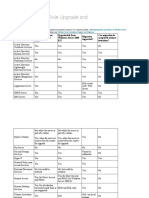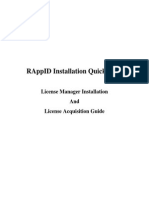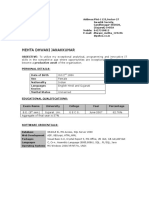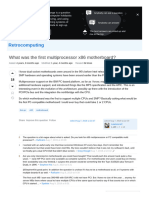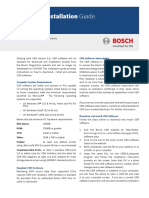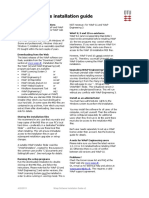0% found this document useful (0 votes)
37 views15 pagesOS Lab 1
The document is a lab manual for an Operating Systems course. It contains instructions and examples for using common command line interface (CLI) commands like DIR, COPY, CD, MD, RD. It explains the differences between file systems like FAT, NTFS and Ext3. It also differentiates between a CLI and GUI interface, describing how a CLI uses only text and keyboard while a GUI includes graphics and a mouse. The lab tasks provide screenshots of using various CLI commands in the Windows command prompt.
Uploaded by
sdra maanCopyright
© © All Rights Reserved
We take content rights seriously. If you suspect this is your content, claim it here.
Available Formats
Download as DOCX, PDF, TXT or read online on Scribd
0% found this document useful (0 votes)
37 views15 pagesOS Lab 1
The document is a lab manual for an Operating Systems course. It contains instructions and examples for using common command line interface (CLI) commands like DIR, COPY, CD, MD, RD. It explains the differences between file systems like FAT, NTFS and Ext3. It also differentiates between a CLI and GUI interface, describing how a CLI uses only text and keyboard while a GUI includes graphics and a mouse. The lab tasks provide screenshots of using various CLI commands in the Windows command prompt.
Uploaded by
sdra maanCopyright
© © All Rights Reserved
We take content rights seriously. If you suspect this is your content, claim it here.
Available Formats
Download as DOCX, PDF, TXT or read online on Scribd
/ 15








